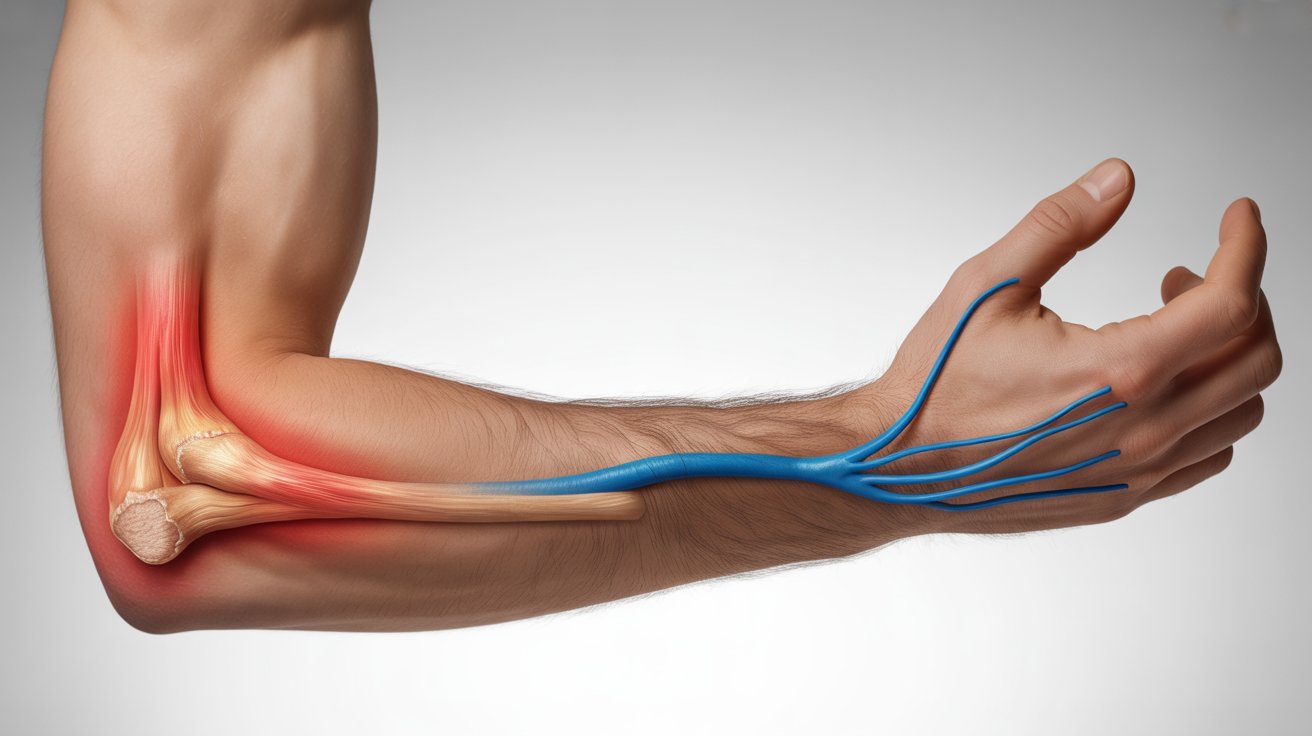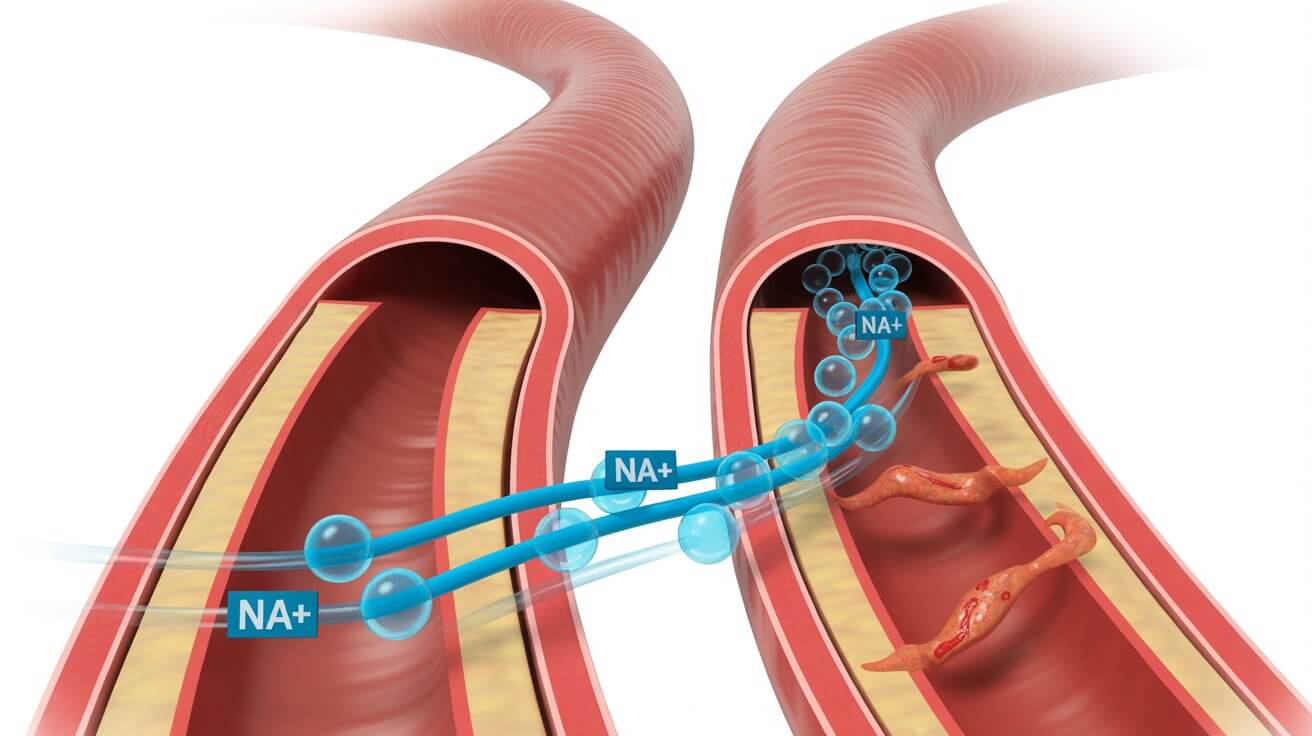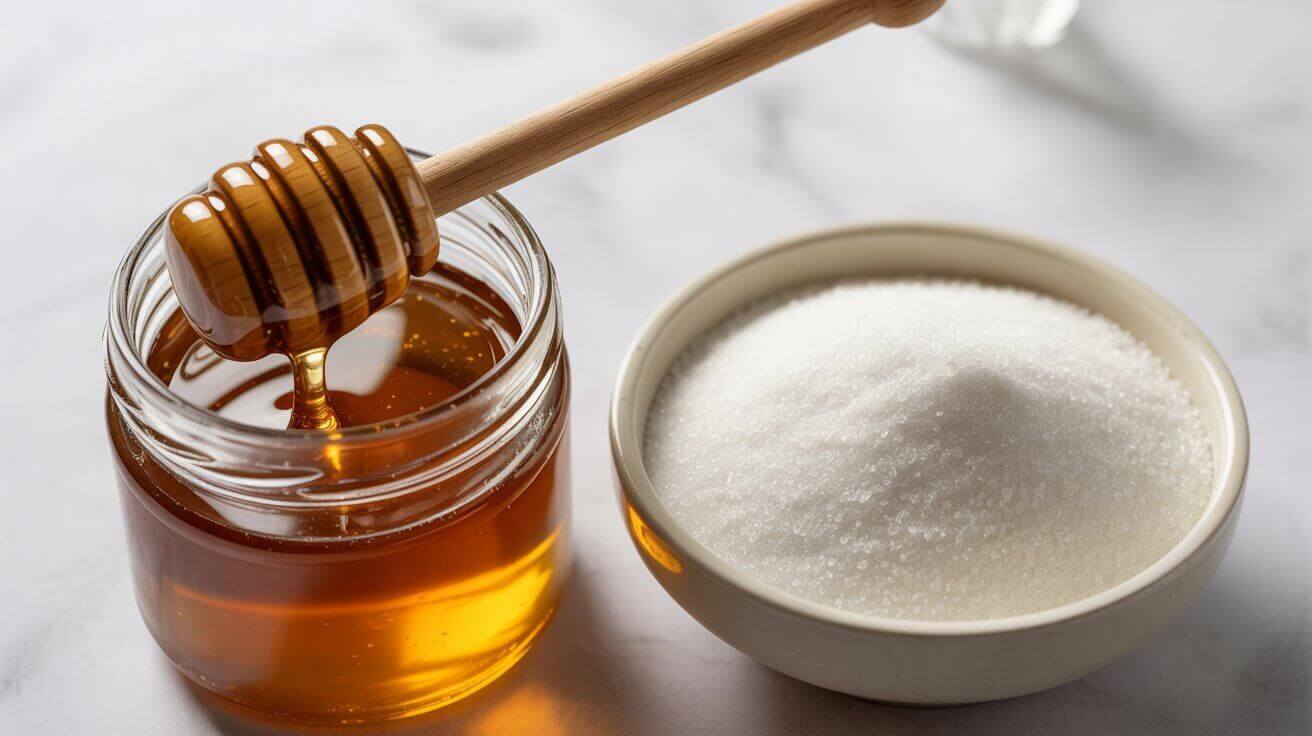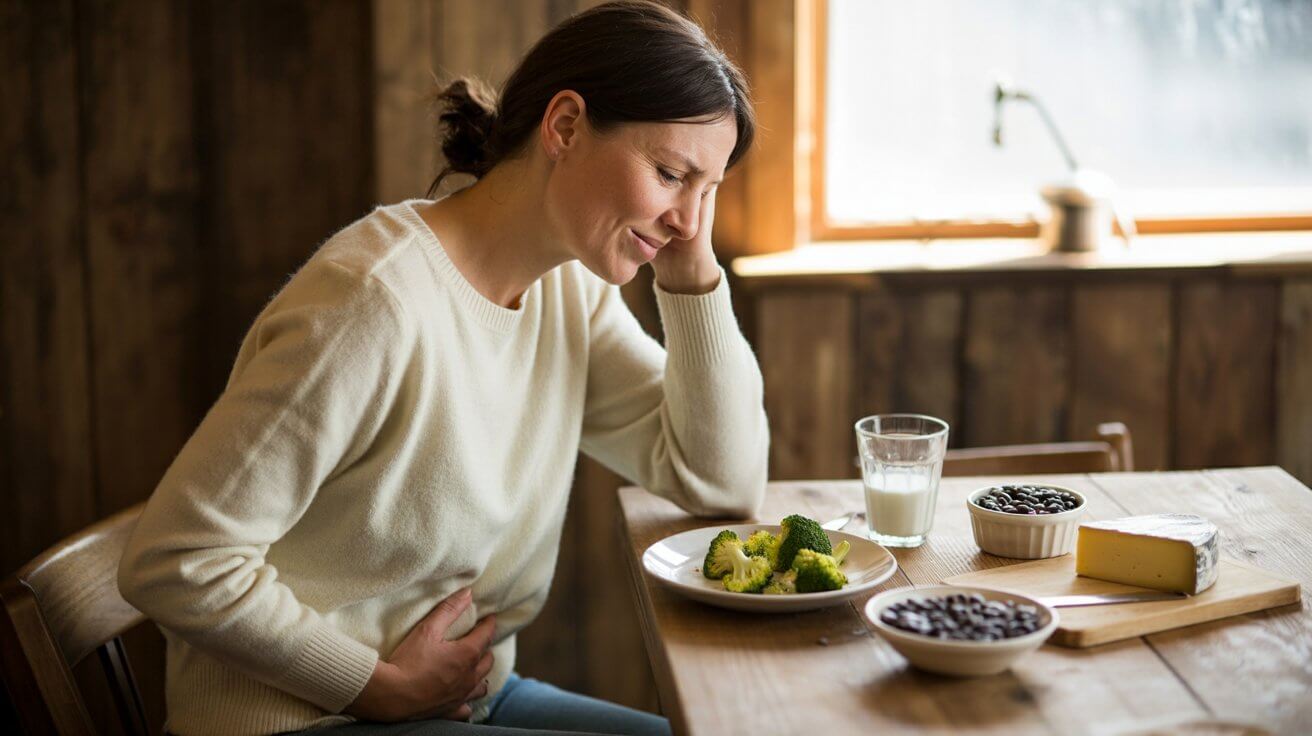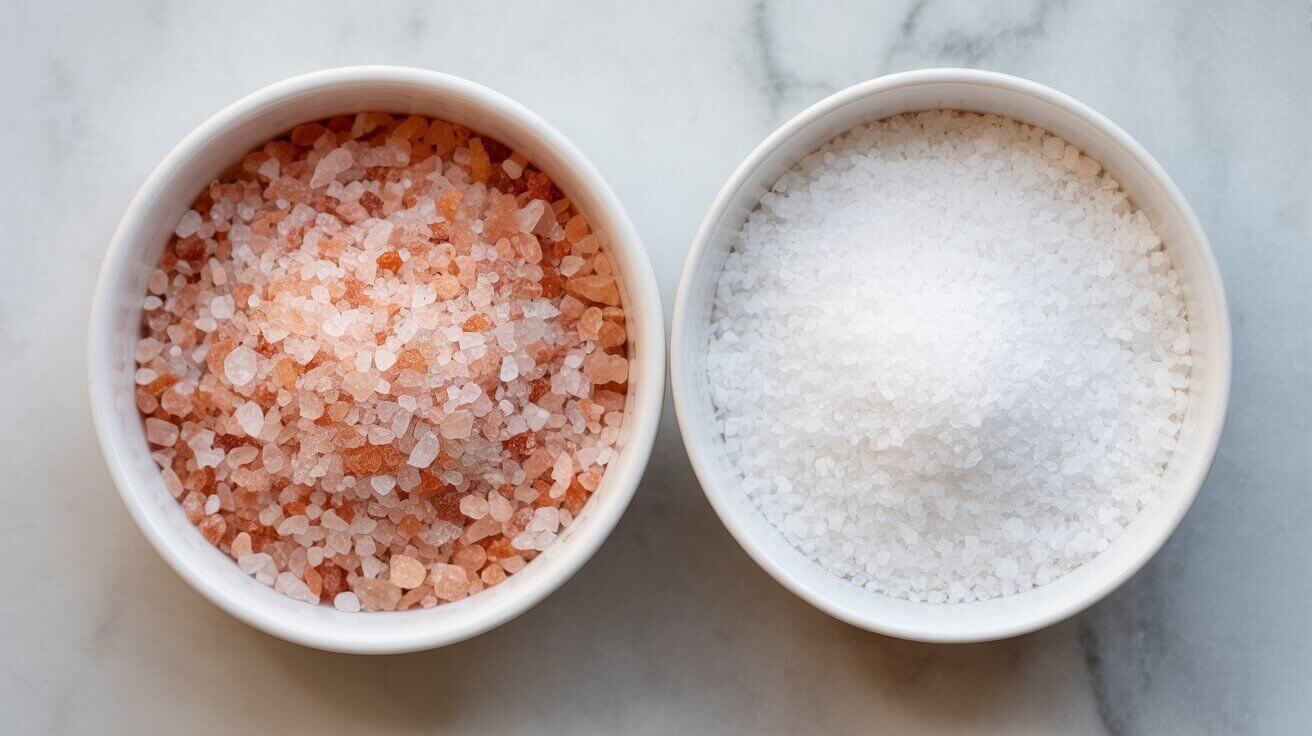Many people don’t think about their bones until something hurts — a sore knee, a stiff back, or even a fracture after a simple fall. But bone health isn’t just a concern for older adults. The habits built in your 20s, 30s, and 40s shape how strong your bones stay for life. The good news? The foods you eat each day can make a powerful difference in building and maintaining bone strength.
Why Bone Health Matters at Every Age
Bones are living tissue, constantly breaking down and rebuilding. During childhood and early adulthood, new bone forms faster than it breaks down. After age 30, that balance begins to shift — and bone density naturally declines.
If bone loss speeds up, the result can be osteoporosis, a condition that weakens bones and increases fracture risk. According to the National Institutes of Health, nearly half of women and one in four men over 50 will break a bone due to osteoporosis.
Fortunately, nutrition plays a major role in prevention. Eating the right mix of nutrients — especially calcium, vitamin D, and protein — helps keep bones dense and resilient for decades.
More Helpful Reads You Might Like:
Key Nutrients for Strong Bones
Calcium — The Foundation of Bone Strength
About 99% of the body’s calcium is stored in bones and teeth. Without enough calcium from the diet, your body “borrows” it from bones to keep blood levels stable — weakening them over time.
Recommended daily intake:
- Adults 19–50 years: 1,000 mg
- Women over 50 and men over 70: 1,200 mg
Top calcium-rich foods:
- Dairy products like milk, yogurt, and cheese
- Fortified plant milks (soy, almond, oat)
- Leafy greens such as kale, collard greens, and bok choy
- Canned salmon or sardines with bones
Vitamin D — The Key That Unlocks Calcium Absorption
Even the best calcium intake won’t help much without vitamin D. This nutrient enables the gut to absorb calcium efficiently. Many people don’t get enough, especially those who spend little time in sunlight.
Best sources of vitamin D:
- Fatty fish such as salmon, tuna, and mackerel
- Fortified milk and orange juice
- Egg yolks
A few minutes of sunlight several times a week also supports vitamin D synthesis, though sunscreen and darker skin tones can reduce production — another reason why dietary sources or supplements may be necessary.
Protein, Magnesium, and Vitamin K — The Supporting Team
Bones are about 50% protein by volume. Adequate protein keeps them flexible and strong. Magnesium converts vitamin D into its active form, while vitamin K supports bone-building proteins.
Excellent sources include:
- Nuts (almonds, cashews)
- Seeds (pumpkin, chia, flaxseed)
- Legumes and tofu
- Leafy greens and broccoli
Top 10 Best Foods for Strong Bones
A healthy, balanced diet featuring the following foods can help build strong bones naturally and support lifelong bone health.
- Milk and Yogurt – Excellent sources of calcium and often fortified with vitamin D.
- Salmon (with bones if canned) – Packed with vitamin D and omega-3 fats that reduce bone loss.
- Leafy Greens (kale, collards, bok choy) – Calcium-rich and full of vitamin K.
- Almonds – Provide magnesium, protein, and healthy fats.
- Fortified Plant Milks – Perfect for those who avoid dairy; check labels for calcium and vitamin D.
- Cheese – A concentrated source of calcium; enjoy in moderation due to fat and sodium.
- Tofu (calcium-set) – Excellent plant-based source of calcium and protein.
- Sardines – Their edible bones deliver a calcium boost.
- Eggs – Contain protein and small amounts of vitamin D.
- Fortified Orange Juice – An easy way to increase calcium and vitamin D intake.
How to Strengthen Bones Naturally
Exercise and Movement
Nutrition is just one side of bone health. Weight-bearing exercises — like walking, dancing, hiking, or resistance training — help bones stay dense and strong.
Healthy Lifestyle Habits
- Get enough sunlight for vitamin D synthesis.
- Limit alcohol — heavy drinking interferes with calcium balance.
- Avoid smoking, which accelerates bone loss.
- Reduce soda intake (especially colas), which may replace milk or contain phosphoric acid linked to lower bone density.
Simple Daily Tips for Better Bone Health
- Add milk or fortified plant milk to your morning coffee or cereal.
- Sprinkle chia or flaxseeds on yogurt.
- Eat salmon or sardines twice per week.
- Include leafy greens in at least one daily meal.
- Pair calcium-rich foods with vitamin D sources for better absorption.
These small habits build a big foundation for lifelong bone strength. The earlier you start, the greater your protection against future bone loss.
❓ Frequently Asked Questions (FAQ)
Q1: What are the best foods to strengthen bones naturally?
Foods like milk, yogurt, leafy greens, salmon, and fortified plant milks provide calcium and vitamin D that strengthen bones.
Q2: How can I increase bone density through diet?
Combine calcium-rich foods with vitamin D sources — such as fish or fortified juices — to improve absorption and bone density.
Q3: Which vitamin is most important for bone health?
Vitamin D is key for calcium absorption, making it essential for strong bones and preventing osteoporosis.
Q4: Can I strengthen my bones without supplements?
Yes. A nutrient-rich diet with regular sunlight and weight-bearing exercise can maintain bone health naturally.
The Bottom Line on Eating for Bone Health
Strong bones aren’t built in a day — they’re maintained over decades.
A diet rich in calcium, vitamin D, protein, and other bone-supporting nutrients, paired with regular movement, helps lower the risk of fractures and osteoporosis later in life.
Building strong bones truly starts at the dinner table.
Medical Disclaimer: This article is for educational purposes only and does not replace medical advice. Always consult your healthcare provider regarding any medical condition or dietary change.
Sources & Further Reading
- National Institutes of Health – Calcium Fact Sheet
- National Institutes of Health – Vitamin D Fact Sheet
- Mayo Clinic – Osteoporosis Prevention: Healthy Habits
- Harvard Health – The Importance of Calcium and Vitamin D
- Centers for Disease Control and Prevention – Bone Health Basics
- PubMed – Nutritional Aspects of Bone Health and Osteoporosis Prevention (PMID: 31813613)

